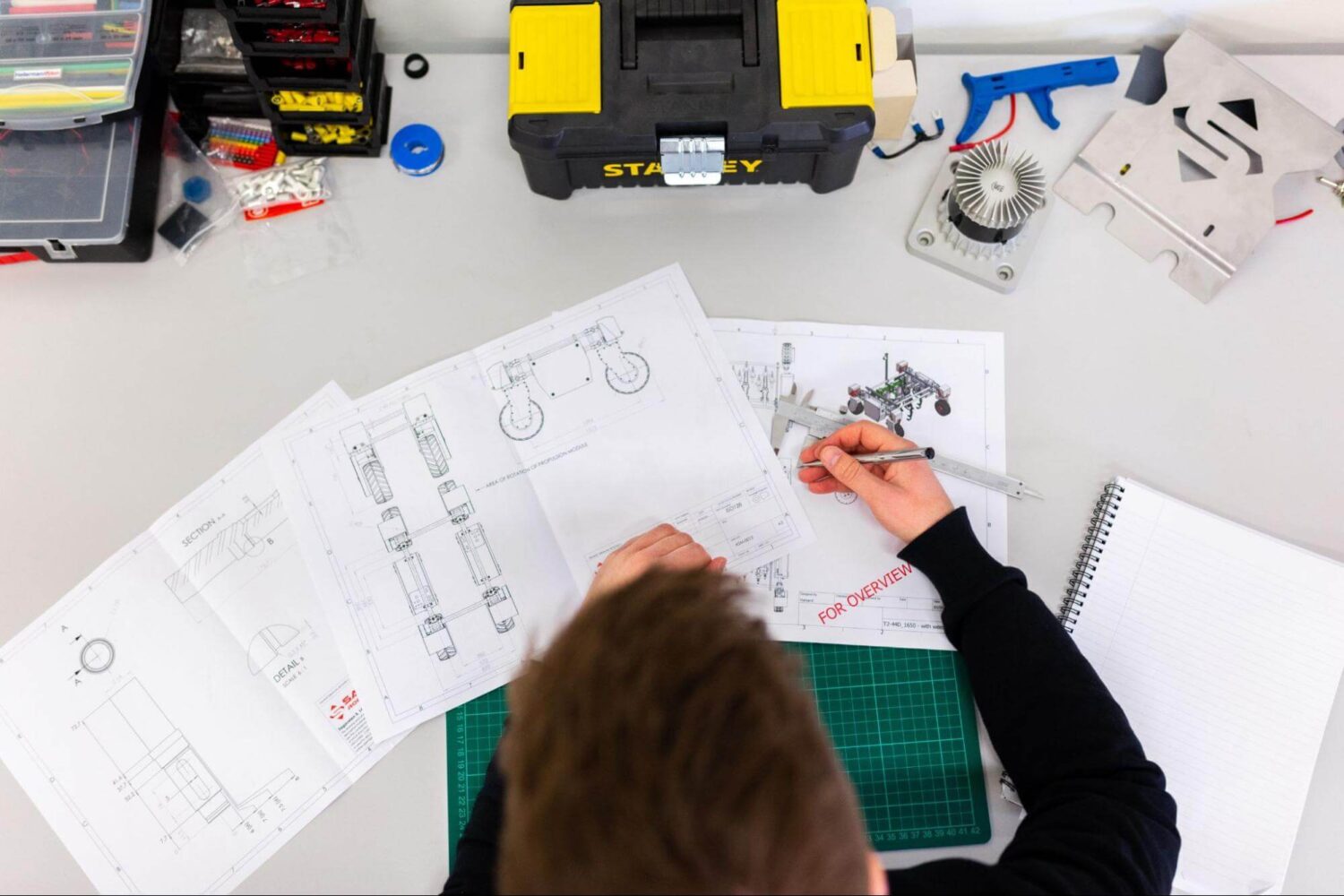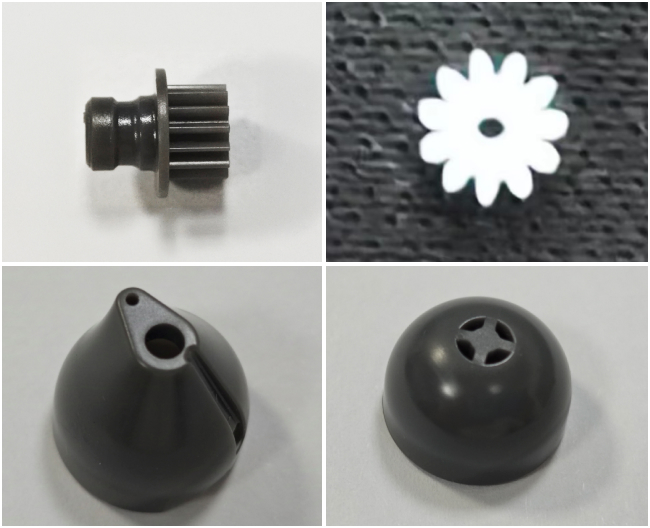Time to read: 7 min
Sometimes juggling all the requirements for tolerancing your part can feel like a circus act. As a design engineer, you must choose machining tolerances for fit, form, function, customer requirements, industry specifications,manufacturing capabilities, and don’t forget about making sure it can be inspected and properly defined. Whew! It’s a struggle to create parts which are cost-effective, repeatable, and manufacturable, so we’ve got some helpful tips to help you leave the circus act behind!
If you’ve utilized the Design for Manufacturing (DFM) technique, these steps will feel familiar.

Getting the Right Information Prior to Tolerancing
Determine the function of each geometric feature
Your goal is to be specific. Consider each geometric feature and determine its most critical function. Analyze all the mating components and determine how the part you’re designing interfaces with them. Document the most specific function of each geometric feature. The more specific you can be, the better!
For example, instead of saying a feature allows for placement of two rotating shafts, specify how two holes may define the minimum required distance between two shafts. Determine which features will be cast, forged, stamped, welded, machined and finished after machining. Consider how the CNC machining process will be utilized to produce each feature. In general, machined features which don’t have an important function can have looser tolerances.
Determine the most important function of the part
Review all the functions defined in step one. Consider the intent of the part’s design which will include the physical functions and features of the part. Choose the most important function of the part. Is one function critical to safety? Does one portion of the part bear the load for another critical to safety component? Utilize your experience and ask other designers if you need further input. Ideally, one function of the design should maintain priority. If the most important function is not one which is CNC machined, that’s okay! You just need to determine how the most important function relates to the features that are CNC machined.
Choose a datum reference framework and type of geometric control for each feature
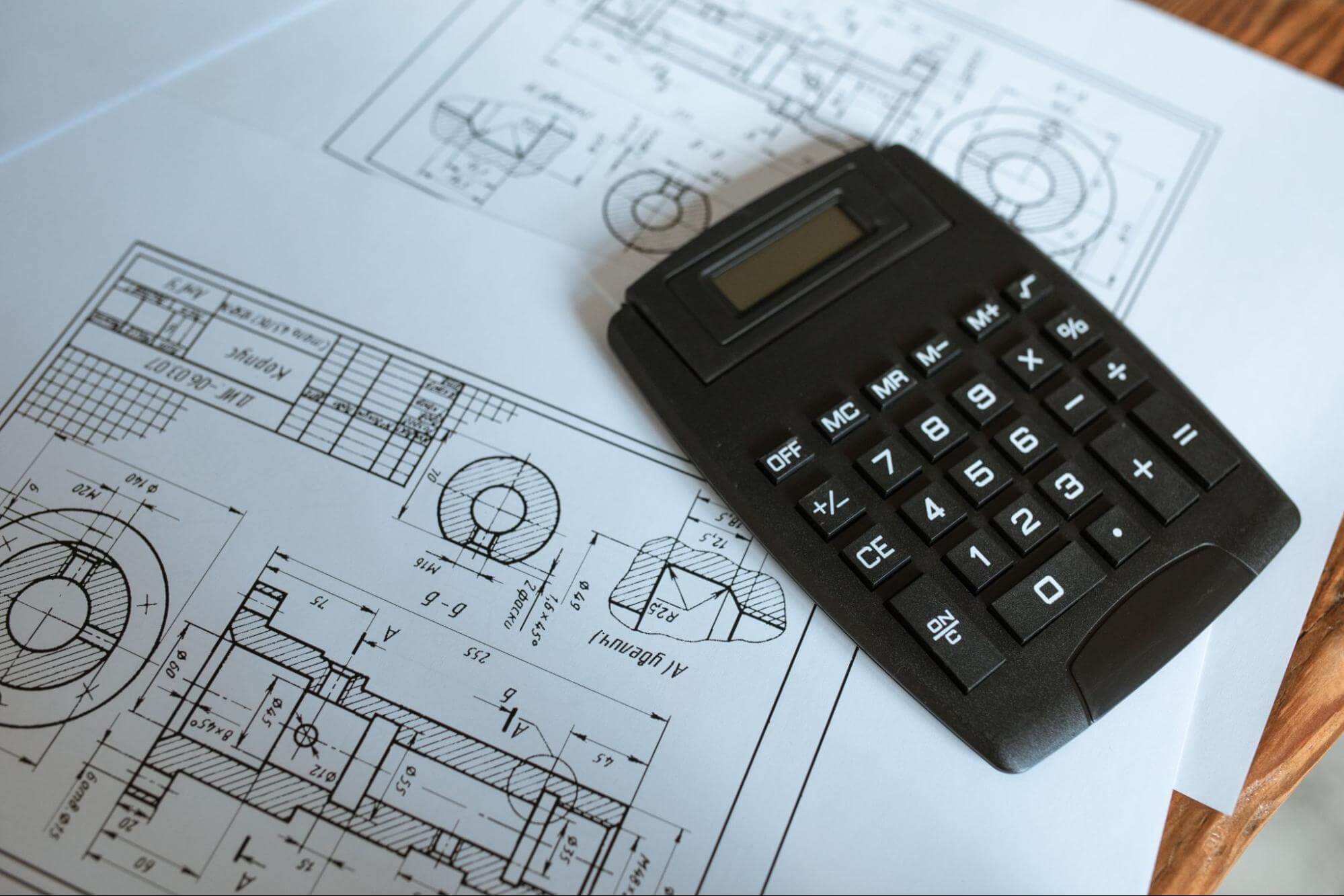
Utilize your company guidelines and/or industry specifications to perform the first steps of Geometric Dimensioning and Tolerancing (GD&T). Select a datum reference frame, which can be anywhere from one to three planes. The datums will be utilized as references to perform GD&T and may also be utilized as a machining datum for CNC work. Correctly identifying this reference frame enables lower manufacturing reject rates because of a decrease in defects and builds the system for which geometric controls and tolerances may be based on.
Next, determine the type of geometric control for each geometric feature. Start with the control that has the lowest impact and highest amount of variability allowed — a method called “zero-based budgeting”. Sequentially move up in complexity, impact and restrictiveness. More complex or important geometric features should have more specific geometric controls applied to them. Geometric controls are important because they tell manufacturers how to manufacture your geometric features. They may be used to define a coordinate system when setting up a part for CNC machining or they may be utilized to determine any subsequent operations needed. Correct geometric controls can also help with the repeatability of manufacturing and interchangeability. Excessive geometric controls could result in increased manufacturing costs, without any added value.
Calculate the tolerance values
Although you may want to rush to determine the optimal tolerances for the part, those determinations should be the last step in the design process. This is because tolerancing depends on the datums and geometric controls you set forth previously. In addition, there are many sources for tolerance requirements. You may find requirements for blanket tolerances or a combination of feature specific and blanket tolerances. You may find a formula based on the manufacturing processes or from your customer that dictates achievable tolerances.
In addition, a system of parts — when two or more mate together — should be considered when determining tolerances. And it’s always a good idea to lean on manufacturing or CNC experts to help guide the tolerancing process.
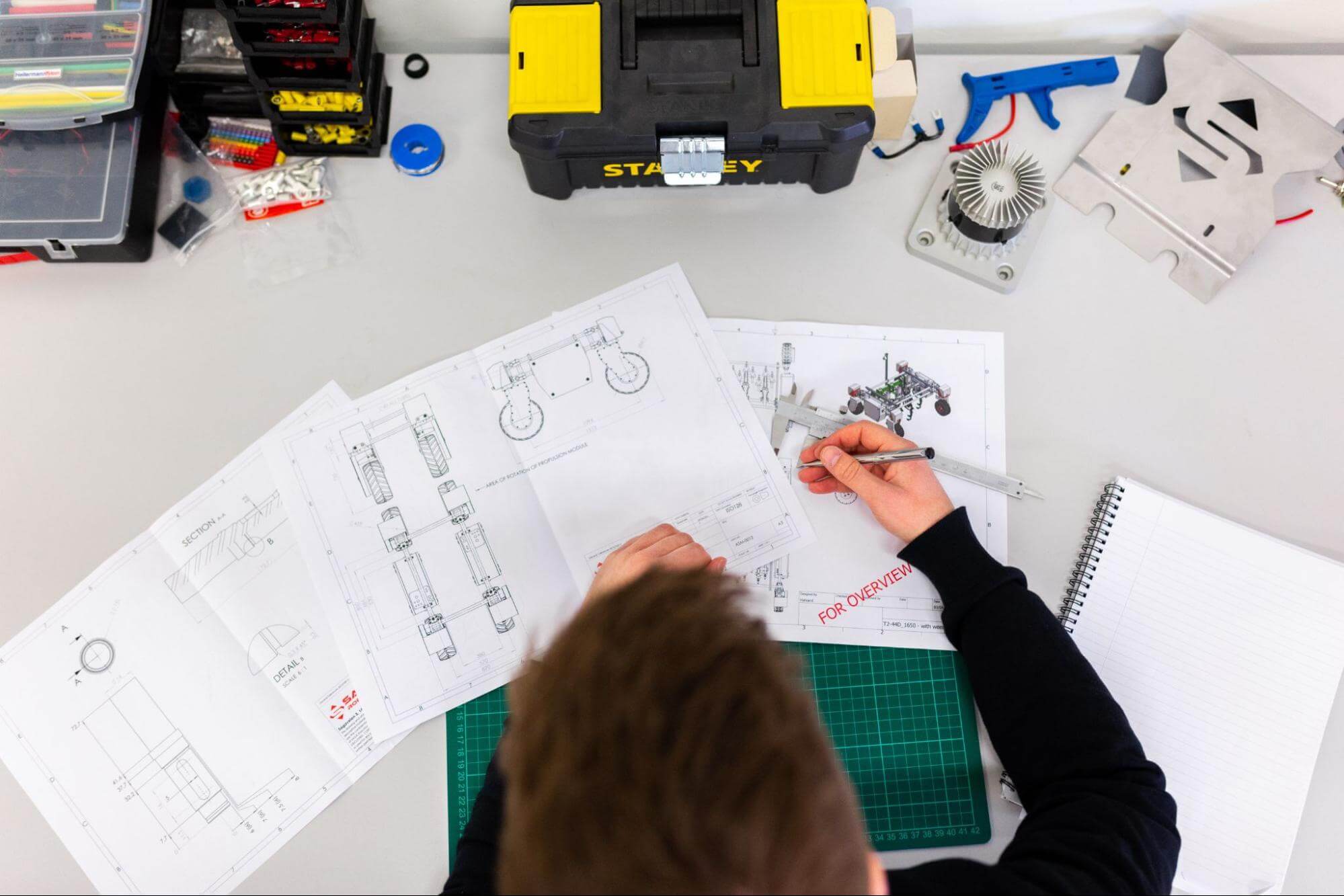
Determine the Complexity of Your CNC Part: Complexity Quiz
Complexity is a key consideration in CNC part manufacturing, since it’s among the biggest cost and lead time drivers – complex parts take more skill and time, after all.
But what makes a part complex? Part size, weight, non-standard features, tolerancing, wall thickness, surface curvature, and part finishing all factor into complexity.
So, we created a quiz that makes it easy to find out how complex your part is, and therefore how easy (or complex) it is to manufacture.
Handling Competing Requirements
There can be a vast array of requirements for tolerancing a part, so a common source of confusion for design engineers is about how to handle and sort requirements by priority. But you don’t need to worry about juggling all of them at once, because there’s an order of precedence for handling competing requirements illustrated below:
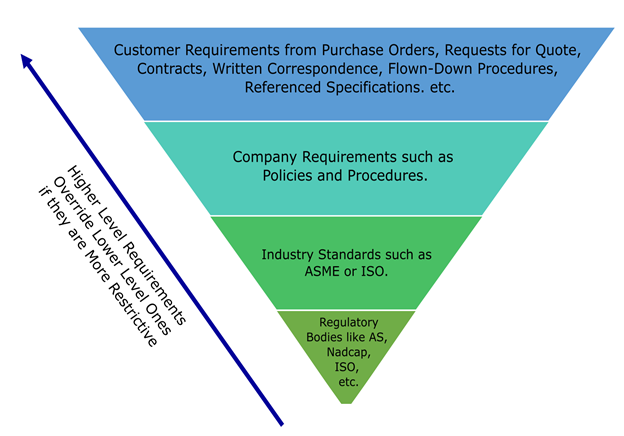
In general, customer requirements will supersede all other requirements. At the end of the day, your customer is paying you to provide them with products and ensuring you have read through all of their supporting documentation and correctly implemented their stipulations is key. The customer requirements are more than likely more specific than your company or industry standard recommendations or stipulations. But, if a conflict amongst customer, company or industry requirements exists, the customer requirements should be met, as long as they are more restrictive. In addition, your company may have certification from a regulatory body like AS, Nadcap, or ISO. The requirements of your certifying body tend to be more broad than that of your company, industry standards or customers but they should also be met. Consult with your company’s quality representative for assistance in understanding how to handle all your specific, competing requirements.
The Cost of Tighter Tolerances
Because CNC tolerances control the amount of variation on each feature, they are used to control the CNC machining accuracy and precision. The goal of tolerancing is to provide as much allowance in the dimensions as possible while still allowing a part to function properly. And keep in mind that narrower tolerances mean higher machining costs. Simple, single-step operations can be utilized to achieve wider tolerances where several, complex operations may be needed to achieve a narrow tolerance. Simple CNC machining operations coupled with wider tolerance generally leads to fewer inspections and a lower rate of rejects. The more narrow the tolerance and complex the operations, the more numerous the inspections and rejections.
In order to achieve tight tolerances in CNC machining, the equipment must have the capability and be extremely well maintained – which means added costs to the part manufacturer. Typically, buying high precision equipment with the ability to meet strict tolerance requirements requires a much higher capital investment up-front than acquiring lesser machines. Additionally, tooling for precision equipment may cost more and will likely require more frequent maintenance and replacement.
Lastly, the method for inspecting features with tighter tolerances may require more up-front and recurring costs. CMM machines can be accurate to 0.0001 inches, a measurement that cannot be achieved with traditional hands-on measuring techniques. So, many manufacturers employ computerized Coordinate Measuring Machines (CMMs) to ensure accurate measuring of features with tight tolerances — and in addition to the cost of the hardware, they’ve got to pay to train technicians on how to operate them and troubleshoot issues.
Design for Manufacturing
Proper DFM and tolerancing a part requires a cross-functional approach. Input from design and manufacturing staff, inspectors and customers should be gathered and weighed when determining which tolerances to apply to a feature or dimension. It’s also a good idea to use every computer tool at your disposal when designing a part for CNC machining — modern Computer Aided Drafting (CAD) and Computer-Aided Machining (CAM) software is an excellent resource for designers.
The first thing to consider when choosing your tolerances is the CNC process you plan to use (milling, turning, drilling, etc.). This choice should be determined by the required part geometry and your understanding of any pre-machining processing such as casting, forming, welding or cutting.
Here’s a breakdown of the most common CNC processes:
| CNC Process | Achievable Accuracy | Achievable Tolerance | Machinable Features |
|---|---|---|---|
| Milling | High | Tight | Flat surfaces, slots, contours, dovetails, chamfers, grooves, and even more complex or irregular features |
| Turning | High | Tight | Commonly utilized to produce shafts or cylinders |
| Drilling | May require several operations to achieve high accuracy | May require several operations to achieve tight tolerance | Holes or slots |
Next, you need to obtain a good understanding of the tolerances achievable with your chosen CNC machining method. Standards for GD&T, such as ISO 2768 and ASME Y14.5 – 2018, are a good starting place to figure out tolerances for certain features.
Lastly, it’s time for a confab with your cross-functional team to determine if the chosen CNC machining technique can actually provide required tolerances. Whether you’re outsourcing machining or performing it in-house, your manufacturing personnel are the experts on the feasibility of manufacturing parts — so you’re best served by leveraging their knowledge and experience.
Conclusion
Now you know the main considerations for choosing the tolerances for your next CNC machining project. Simply follow these steps and do your homework before tolerancing and you’ll wind up with a cost-effective design that’s simple to manufacture.And regardless of the complexity of your design, Fictiv is the manufacturing partner who can meet your needs. Our platform provides instant quotes, free DFM feedback and our CNC machining services can deliver parts in as little as 2 days with tolerances as tight as +/- 0.0002 in. Sign up for a free account and get an instant quote today!







